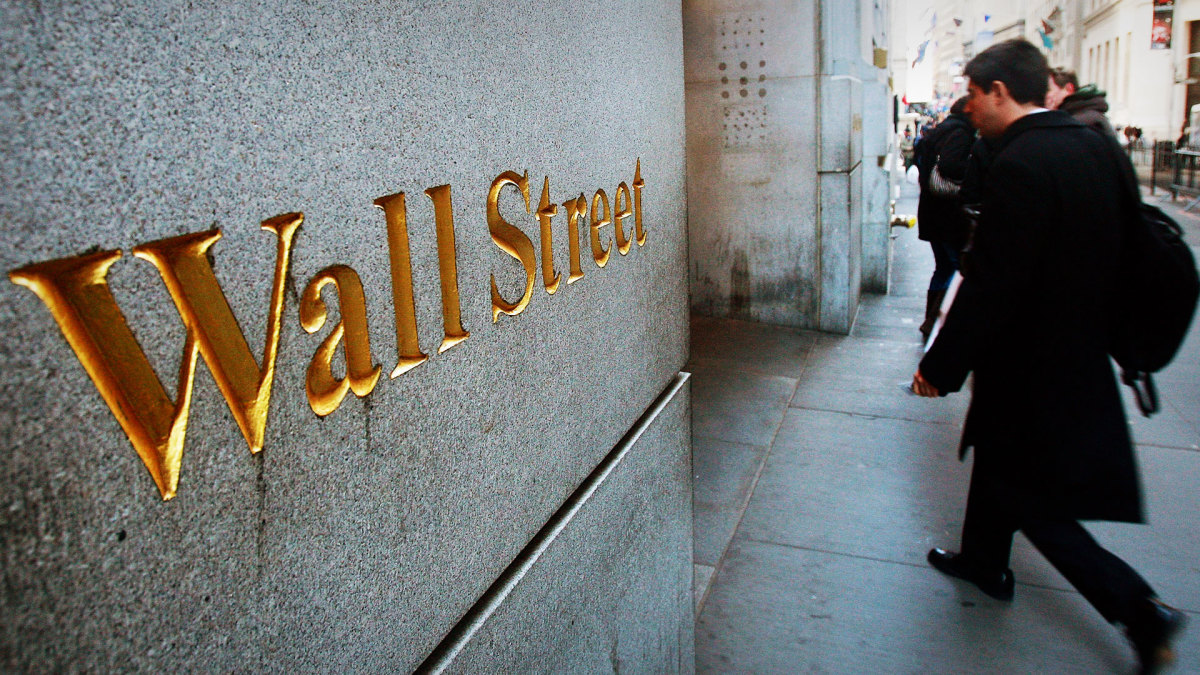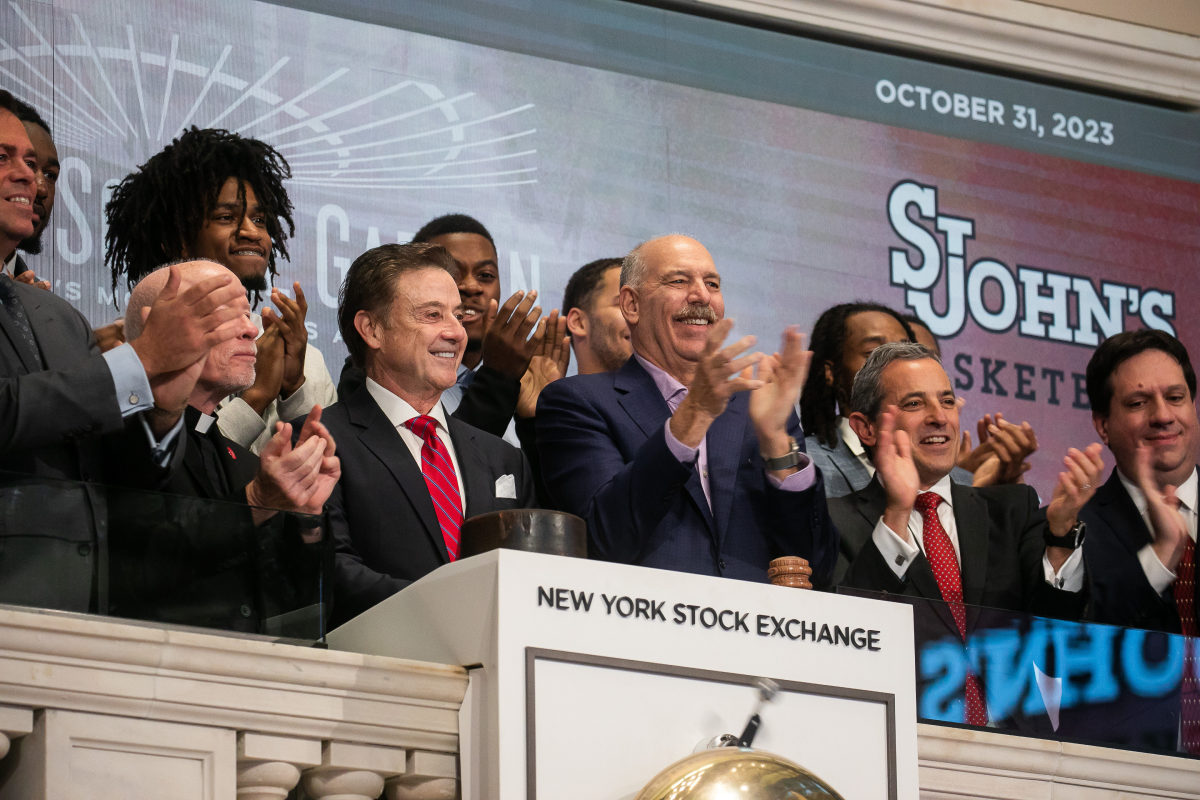
It's easier than ever for the average person to trade stocks. Digital investment services like Fidelity, Schwabb, and Robinhood have turned some of us into daily investors. If that sounds like you, it's best to get on the same schedule as Wall Street. Fortunately, that means you'll get these stock market holidays off.
When investors talk about the market being open or closed, they are actually referring to The New York Stock Exchange and the Nasdaq. These are the two largest stock exchanges in the world, and usually the ones most armchair investors in America deal with. Luckily, both of these exchanges keep the same hours.
Related: What is extended-hours stock trading and why is it important?
The American stock market is open Monday through Friday, from 9:30 a.m. to 4:00 p.m. Eastern Time. In the modern day, extended hours trading does occur, albeit at much lower volumes. As a result, stock prices don’t tend to move as much outside of market hours unless bombshell news causes a drastic shift in sentiment in a particular stock after hours.
Nights and weekends aren’t the only times the wheels of the financial markets slow their roll, though. There are also 10 stock market holidays, during which the markets are closed. Wall Street also observes three stock market half days during which they close early at 1:00 p.m. Eastern. Here’s the full list:

Mario Tama/Getty Images
2024 stock market holidays, half days, & more
| Holiday | 2023 observance | 2024 observance | 2025 observance | Hours |
|---|---|---|---|---|
New Year's Day |
Monday, Jan. 2 |
Monday, Jan. 1 |
Wednesday, Jan. 1 |
Closed |
Martin Luther King, Jr. Day |
Monday, Jan. 16 |
Monday, Jan. 15 |
Monday, Jan. 20 |
Closed |
Washington’s Birthday |
Monday, Feb. 20 |
Monday, Feb. 19 |
Monday, Feb. 17 |
Closed |
Good Friday |
Friday, Apr. 7 |
Friday, Mar. 29 |
Friday, Apr. 18 |
Closed |
Memorial Day |
Monday, May 29 |
Monday, May 27 |
Monday, May 26 |
Closed |
Juneteenth |
Monday, Jun. 19 |
Wednesday, Jun. 19 |
Thursday, Jun. 19 |
Closed |
Day before Independence Day |
Monday, Jul. 3 |
Wednesday, Jul. 3 |
Thursday, Jul. 3 |
9:30 a.m.–1 p.m. |
Independence Day |
Tuesday, Jul. 4 |
Thursday, Jul. 4 |
Friday, Jul. 4 |
Closed |
Labor Day |
Monday, Sep. 4 |
Monday, Sep. 2 |
Monday, Sep. 1 |
Closed |
Thanksgiving Day |
Thursday, Nov. 23 |
Thursday, Nov. 28 |
Thursday, Nov. 27 |
Closed |
Day After Thanksgiving |
Friday, Nov. 24 |
Friday, Nov. 29 |
Friday, Nov. 28 |
9:30 a.m.–1 p.m. |
Christmas Eve |
N/A (Sunday) |
Tuesday, Dec. 24 |
Wednesday, Dec. 24 |
9:30 a.m.–1 p.m. |
Christmas |
Monday, Dec. 25 |
Wednesday, Dec. 25 |
Thursday, Dec. 25 |
Closed |
Can you still make trades on a market holiday?
Many popular brokerages now allow users to place certain types of buy and sell orders outside of typical stock market hours, but details vary. In many cases, only limit orders can be executed, and fractional share trading may not be available.
Here’s a short list of digital brokerages that offer extended-hours trading:
| Brokerage | Premarket trading | After-hours trading | Order types available |
|---|---|---|---|
Robinhood |
7–9:30 a.m. |
4–8 p.m. |
Limit only |
Schwab |
7–9:25 a.m. |
4:05–8 p.m. |
Limit only |
Fidelity |
7–9:28 a.m. |
4–8 p.m. |
Limit only |
WeBull |
7–9:30 a.m. |
4–8 p.m. |
Limit only |
It's important to note that trading outside of regular trading hours comes with certain downsides. Bid-ask spreads are larger, and volume is lower, so trades may take longer to execute. On the other hand, trading during extended hours can be a good way to react quickly to news or events that could affect a stock’s price more drastically once volume increases during the next regular trading session.
What are the opening and closing bells?
At the New York Stock Exchange, four different bells in four different areas of the historic exchange’s trading floor are rung simultaneously to mark the beginning and end of each trading session.

The bells are activated via a button, which is sometimes pressed by a celebrity to mark an important occasion or by a company executive after an IPO to celebrate the beginning of a company’s publicly tradable status on the exchange.







